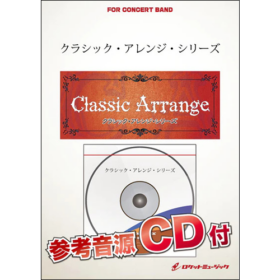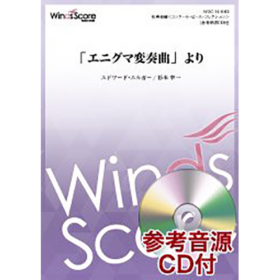華巴諾砲台,位於台灣花蓮縣卓溪鄉的深山之中,原為日本警察駐在所,監控鄰近之布農族部落群,目前僅存駐在所廢墟;華巴諾為布農語Vavanu(多蜜之地之意)之日語轉音,廢墟之中留存一門三吋速射砲,砲身上留存之大砲編號、製造年份與俄文字母清晰可辨,尚稱保存良好,經學者調查,為俄羅斯帝國普提洛夫兵工廠所製造,歷經西伯利亞鐵路跨越俄羅斯,於日俄戰爭期間為日軍所俘虜納入編制,後移防至華巴諾駐在所,此後隨著時間推移凋零,遂為世人所遺忘,逐漸埋沒於深山中的荒煙漫草之中。一段超過八千公里的旅程,串起大時代之下的動盪與無奈,架構出時間與空間的戲劇張力,為神秘的大砲增添傳奇性的色彩。
全曲創作具有強烈的畫面感與蒙太奇效果,樂曲間穿插了各種跨越文化的音樂符碼元素,作曲家巧妙地拼接豐富的音樂素材,帶領聽眾遊歷大砲所經歷的鮮明場景。樂曲始於布農族的飲酒歌動機之中,連續的八分音符伴奏將音樂氣氛引入佈滿雜草的山間,並奏出充滿哀愁性格的旋律,逐漸堆砌至壯烈瑰麗的開場,此時音樂急轉直下,時光倒流,進入如火車疾駛一般的進行曲段落。
進行曲的旋律動機使人聯想至俄羅斯著名歌謠「卡秋莎」,銅管突如其來的不和諧音程如火車氣笛般劃破了旋律的進行,小號出現的信號標誌著戰鬥的開始,進入一連串激烈而混亂的樂團音響,不僅描寫戰場的煙硝,更體現出大砲所經歷的跨文化衝突與超現實場景。
狂放的音樂收斂在如禱告一般的人聲之中,一段具有民族色彩的古調娓娓唱出,並由開頭的布農飲酒歌主題所承接,回到樂曲序奏的恢弘氣勢,然而磅礡的音樂並未延續其張力,旋即中斷在充滿悼念的靜默之中,最後一次出現的飲酒歌主題,如山谷遠方傳來的歌聲般,迴盪在一片虛無寂寥的廢墟之中,以充滿惆悵且懸而未決的氣氛結束整首作品。
Wabano Cannon, located in Panita, Hualien County, Taiwan, was originally a police post during Japanese colonial period. The cannon aimed the Bunun villages nearby as the means of surveillance. Wabano is the transition pronunciation of Vavanu in Bunun language, which refers to a place full of honey. Now the site remains only ruins of the police post. The cannon is still well preserved in the ruin, on which the number, year and the Cyrillic alphabet is recognizable. The investigation indicates that the cannon is made by Putilov Works during 1903, later deployed to the front of the Russo-Japanese War in 1905 and was captured by the Japanese then later shipped to Taiwan under Japanese rule at the time and deployed to the current location. As the retraction of Japanese after World War II, the police post is abandoned and forgotten. The 8000-kilometer journey of the cannon from Baltic sea to Taiwan highlighted the ironical and turbulent world of early 20 century.
The music is composed largely with the imagination of scenario and Montage. The music contains cross-cultural music elements and symbols that are well organized by the composer, with which the audiences are brought to the vivid scenes. The music starts with the theme of Bunun drinking song. The continuous eighth notes introduce the music atmosphere into the mysterious mountain. A nostalgic melody emerged and gradually led to a grandeur introduction. The music suddenly falls into a march that is similar to train drives.
The melody of the march reminds of the famous Soviet military march “Katyusha”. The sudden-appear dissonant chord in brass section interrupt the melody. The
trumpet call indicates the beginning of the battle, which leads the music into a chaotic and aggressive paragraph. The music portrays not only the scene of battlefield but also the confused situation of the transition between culture and space. The dramatic tension is thus built by the surreal music.
The vigorous music ended with a pray-like human voice singing, followed by an old folk tune, and then returned to the Bunun drinking song theme. The grandeur introduction is brought again but did not last long. The melody is interrupted by the mournful silence. At the end, the drinking song theme is once again emerging as if the echo from valley faraway. The piece ended up with a suspended atmosphere.



